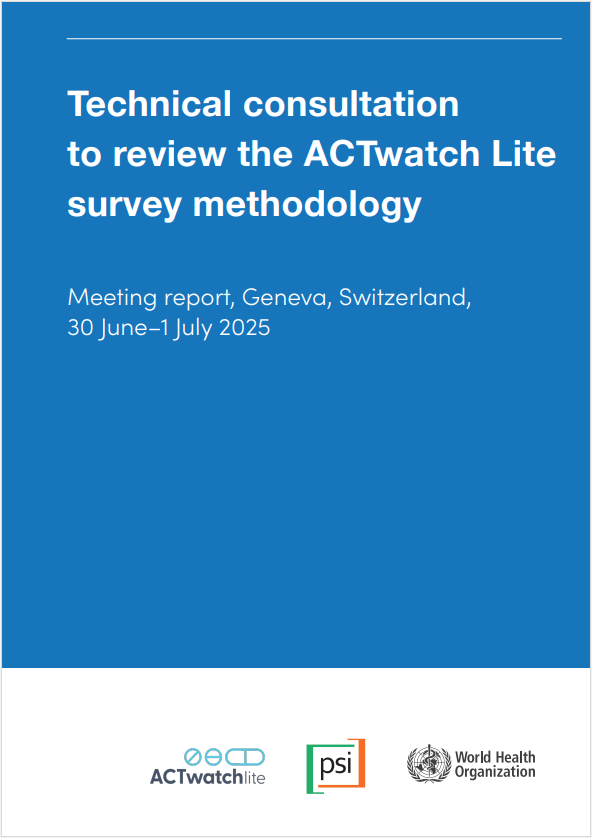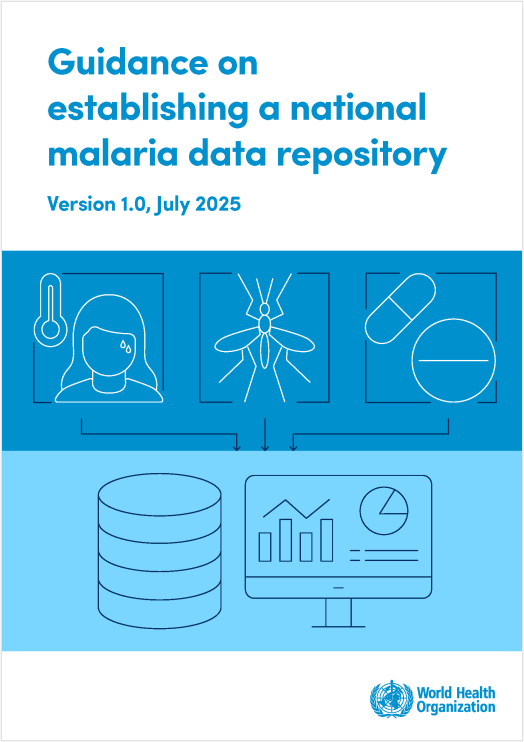Last Updated: 27/05/2025
Functional characterization of striated fiber assemblins in malaria parasites
Objectives
The current proposal will test the hypothesis that PfSFA1 and PfSFA2 localize to a filament-like structure during parasite segmentation in a series of microscopy assays. Furthermore, this research will also evaluate the function of PfSFA1 and PfSFA2 by characterizing parasite arrest and morphologic defects following inducible knockout.
Malaria is an important cause of illness and death worldwide, with most of these deaths resulting from Plasmodium falciparum infection. The signs and symptoms of human malaria results from the asexual replication of parasites in human red blood cells. During this clinically important blood stage, P. falciparum parasites divide by schizogony – a process wherein components for several daughter cells are produced within a common cytoplasm and then segmentation, a synchronized cytokinesis, produces individual invasive daughters. The generation of the invasive daughter parasites, known as merozoites, occurs with high fidelity, ensuring that each daughter has a single nucleus and the required organelles. The molecular mechanism underlying this high fidelity of nuclear and organellar partitioning is incompletely understood in Plasmodium. Studies in the related Apicomplexan parasite Toxoplasma gondii identified a family of proteins, referred to as striated fiber assemblins (SFAs), that are critical for parasite cell division. The SFAs are hypothesized to form a connection between the centrosome of dividing nuclei and the newly forming apical ends of the two daughter parasites during T. gondii endodyogeny. The P. falciparum orthologs of the SFAs, PfSFA1 and PfSFA2, have been reported to be dispensable in a genome-wide transposon screen. In contrast to this data, it was demonstrated that these two proteins are essential for asexual replication in P. falciparum. To gain a more complete understanding of the molecular functions of PfSFA1 and PfSFA2, we will determine the direct protein interactions by co- immunoprecipitation and the indirect or transient interactions by proximity labeling. By determining a robust protein interaction network for the Plasmodium SFAs, we will establish the foundation to understand their molecular function. The hypothesis is that the SFAs proteins are critical for organization of segmentation during the asexual replication of P. falciparum. Together, the proposed studies will interrogate the function of these two essential proteins and directly identify their role during P. falciparum segmentation.
Aug 2023 — Jul 2025
$265,500


